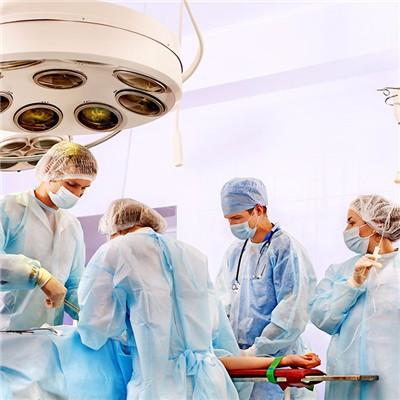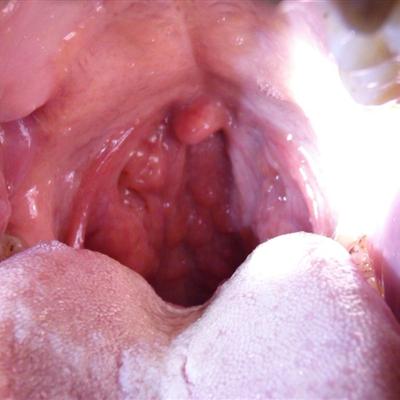Multiple pulmonary infection?
summary
When patients with multiple pulmonary infection symptoms, we need to seize the time to carry out treatment, need to take a series of examination to diagnose the disease, diagnosis should be combined with the patient's history, signs, etc., then what are the methods of multiple pulmonary infection examination and diagnosis? When examining the disease, the patient should do laboratory examination, lung examination, etc., then the patient with the disease has multiple lung infection symptoms?, Now let's take a concrete look.
Multiple pulmonary infection?
First, although multiple pulmonary infections are quite common in clinic, it is very difficult to make a definite diagnosis; Second, due to the difficulty in collecting lower respiratory tract specimens, there are a large number of colonized bacteria in the upper respiratory tract and oral cavity, and their flora often changes in the process of long-term hospitalization or antibacterial treatment. Oral sputum specimens are easy to be contaminated. The growth of multiple bacteria in culture does not mean that there are multiple infections. On the contrary, the growth of aseptic culture or single bacteria can not rule out multiple infections.

Second: in clinical practice, all patients with the diseases and risk factors of multiple infection mentioned above, or patients with moderate to severe pulmonary infection who have failed to respond to standard antibiotic treatment, should be alert and consider the possibility of multiple infection. Pulmonary abscess and bronchiectasis are commonly infected by anaerobic and aerobic bacteria. If the clinical symptoms are typical, they can be treated as multiple infections. In other types of pneumonia, the diagnosis of multiple infection including double infection needs exact etiological evidence. The results of blood and pleural fluid culture are of the most diagnostic value, and the lower respiratory tract anti pollution or bronchoalveolar lavage specimens need to be combined with quantitative culture.

Third: after sputum screening, take qualified samples for culture, if two or more kinds of bacteria are dominant, the growth rate can reach 106 CFU / ml, which has important reference value. Opportunistic fungi should also be sampled from the lower respiratory tract using anti pollution technology, and the results of sputum culture are meaningless. Because of the difficulty in culture, the techniques of serum immunology and molecular biology are valuable. Histopathological examination has important diagnostic value for Pseudomonas aeruginosa pneumonia and some special pathogens (fungi, Pneumocystis carinii, mycobacteria) combined with special staining.

matters needing attention
1. Pay attention to inhalation injury, tracheotomy or intubation, aspiration, pulmonary edema, atelectasis, shock, surgical anesthesia, invasive wound infection, suppurative thrombophlebitis, etc. 2. Pay attention to dyspnea, temperature change, cough, increased sputum volume and sputum characteristics. Clinical symptoms should be differentiated from burn toxemia or sepsis. 3. Physical examination. It is difficult to obtain accurate chest signs in patients with severe burns. Therefore, attention should be paid to carefully check whether there are respiratory changes and rales. 4. In order to identify the infection bacteria, the secretion in the airway should be cultured regularly, preferably bronchopulmonary lavage fluid, so as to prevent contamination. 5. Chest X-ray examination. The diagnosis of most pulmonary infections after burn depends on X-ray examination. Chest film should be taken routinely after injury, and then reexamined regularly. The X-ray manifestations of pneumonia can be divided into three types: small focus, large focus and lobar. Small focus pneumonia is the most common.











